
1. What is Cat Hairballs?
Hairball syndrome is a common health issue among many animals, especially those that like to groom themselves. Cats, in their quest to stay squeaky clean, might accidentally swallow their own fur while cleaning themselves. Over time, this can lead to a buildup, creating what we call cat hairballs.
Long-haired cats like Chinchillas and Persians often lick themselves more frequently when it's hot (it's said that the evaporation of saliva on their fur helps cool them down), leading to an increase in hairball incidents. Some cats may even throw up hair daily.
In such cases, it's recommended for cat owners to brush their cat's fur regularly, especially during shedding season. If possible, it's also a good idea to trim the cat's fur to help manage the situation.
2. Symptoms of Cat Hairball Syndrome
How do you know if your cat has hairballs? The symptoms of cat hairball syndrome include frequent dry heaving, hard and dry poops, fur in the cat's stool, a lack of appetite, and dry or lackluster fur. Cats love to groom themselves by licking their fur, which unfortunately makes them prone to hairballs and makes them uncomfortable. It's important for cat owners not to ignore these signs.
- Frequent Dry Heaving:
If your cat's doing a lot of gagging, especially after meals, and can't seem to vomit anything up except occasionally hacking up cylindrical, mucus-covered hairballs, it's a classic sign of trying to dislodge a hairball.
- Hard Poop:
If your cat's having a hard time in the litter box and their poop's looking more like rocks, hairballs might be messing with their digestion system. When fur accumulates in the digestive tract, it can cause the cat's belly to bloat and lead to digestive issues. It's best to check this promptly and address it as needed.
- Fur in the Poop:
Spotting fur in their waste is a pretty clear sign of hairball issues. This situation should not be ignored by pet owners, and it's best to take preventive measures against hairball formation to avoid severe complications.
- Poor Appetite:
When a significant amount of hair accumulates inside a cat, it can obstruct the digestive tract and lead to a loss of appetite. If your cat doesn't want to eat anything and isn't showing signs of other illnesses, it might be suffering from hairballs. A complete lack of appetite can indicate that the condition is quite serious.
- Dry or Dull Fur:
Another sign of hairball issues can be seen in the cat's fur. If your cat's diet hasn't changed and it has been dewormed but its fur remains dry and lacks shine, it could be due to hairballs. Pet owners should not overlook this, as the cat's fur can become rough and lose its luster due to the inability to digest a large amount of hair, leading to changes in the fur's appearance.
Hairballs don't discriminate by breed or age. Cats that groom themselves more frequently, like Maine Coons or Garfields of the feline world, might end up dealing with them more often. However, if your cat only vomits hair occasionally, about once or twice a month, it's probably normal.
3. The Dangers of Hairballs
Because of their natural instincts to stay clean, cats try to vomit up hairballs. If they can't manage to do this on their own, they can develop hairball syndrome, where the hairball blocks their digestive tract and can grow larger over time.
4. Late-stage Symptoms of Cat Hairball Syndrome
In severe cases, cats may show the following symptoms:
- Constantly trying to vomit, and exhibiting unusual eating behaviors like chewing on plastic bags, tissues, or grass.
- Showing a lack of energy or appetite, to the point where they might stop eating altogether.
- Difficulty in defecating, possibly not having a bowel movement for several days.
- Blockage in the cat's digestive tract caused by hairballs, leading to rapid dehydration and potential failure of internal organs.
These are red flags that your cat needs more than just home care—please consult your veterinarian.
5. How to Prevent Cat Hairballs
Managing hairballs depends on the situation. If it’s just a bit of fur in their stool and everything else is normal, some at-home remedies like hairball paste or cat grass might do the trick. There are some tips for preventing hairballs in cats:
- Regular Grooming
Anyone who has a cat knows that they are incredibly clean animals. They have a habit of licking their fur to keep themselves clean and beautiful, removing dirt from their fur in the process. However, this daily grooming means cats naturally end up swallowing a lot of their own fur.
Cat owners can use professional cat grooming tools to help remove loose fur by brushing or grooming your cats every day, significantly reducing the amount of fur cats swallow, no matter if they're long-haired or short-haired, especially during shedding season.
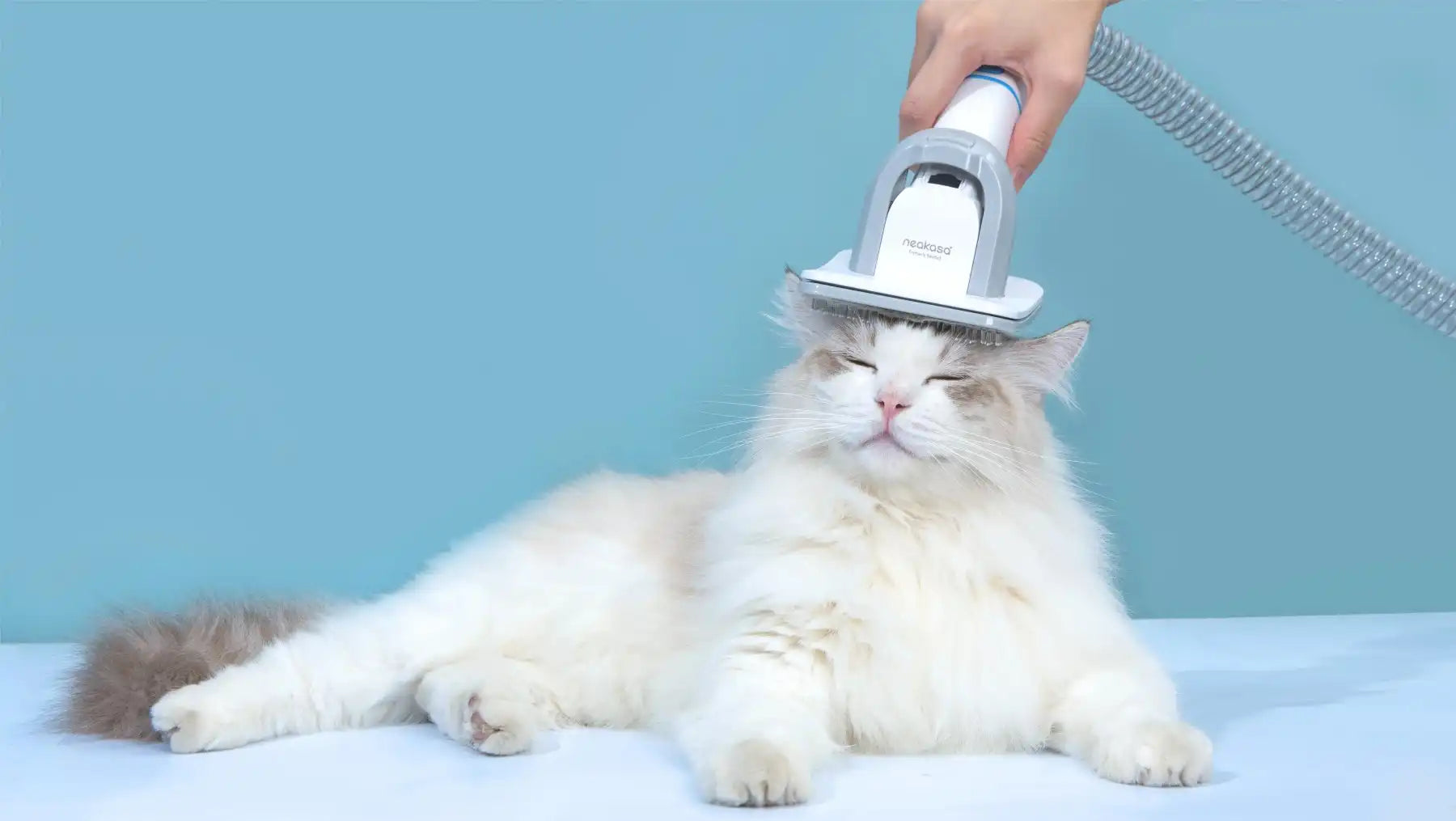
- Feeding Cat Grass
Eating cat grass not only gives them necessary vitamins, minerals and chlorophyll but can also help them vomit up those pesky hairballs, which is beneficial for their health.
Plus, growing cat grass is super easy; it usually sprouts within a week of planting. It's best to grow it in a clean area so that it's clean for cats to eat.

- Feeding Hairball Paste
Regularly feeding your cat hairball paste can effectively prevent the formation of hairballs. Hairball paste contains nutrients and ingredients specifically designed to eliminate hairballs. Following the dosage instructions, it can be expelled through feces, aiding in increasing intestinal motility and speeding up the cat's digestion. Especially during the cat's shedding season, cat parents can adjust the feeding frequency according to the instructions. The paste can be fed directly to the cat or mixed with its food.
- Special Cat Food
There are cat foods designed to prevent hairballs by incorporating fiber, which effectively prevent hairballs from forming in the digestive tract, aiding in the elimination of hairballs from the body. When cats suffer from hairball issues or have poor digestive function, feeding them these special cat food can be beneficial.


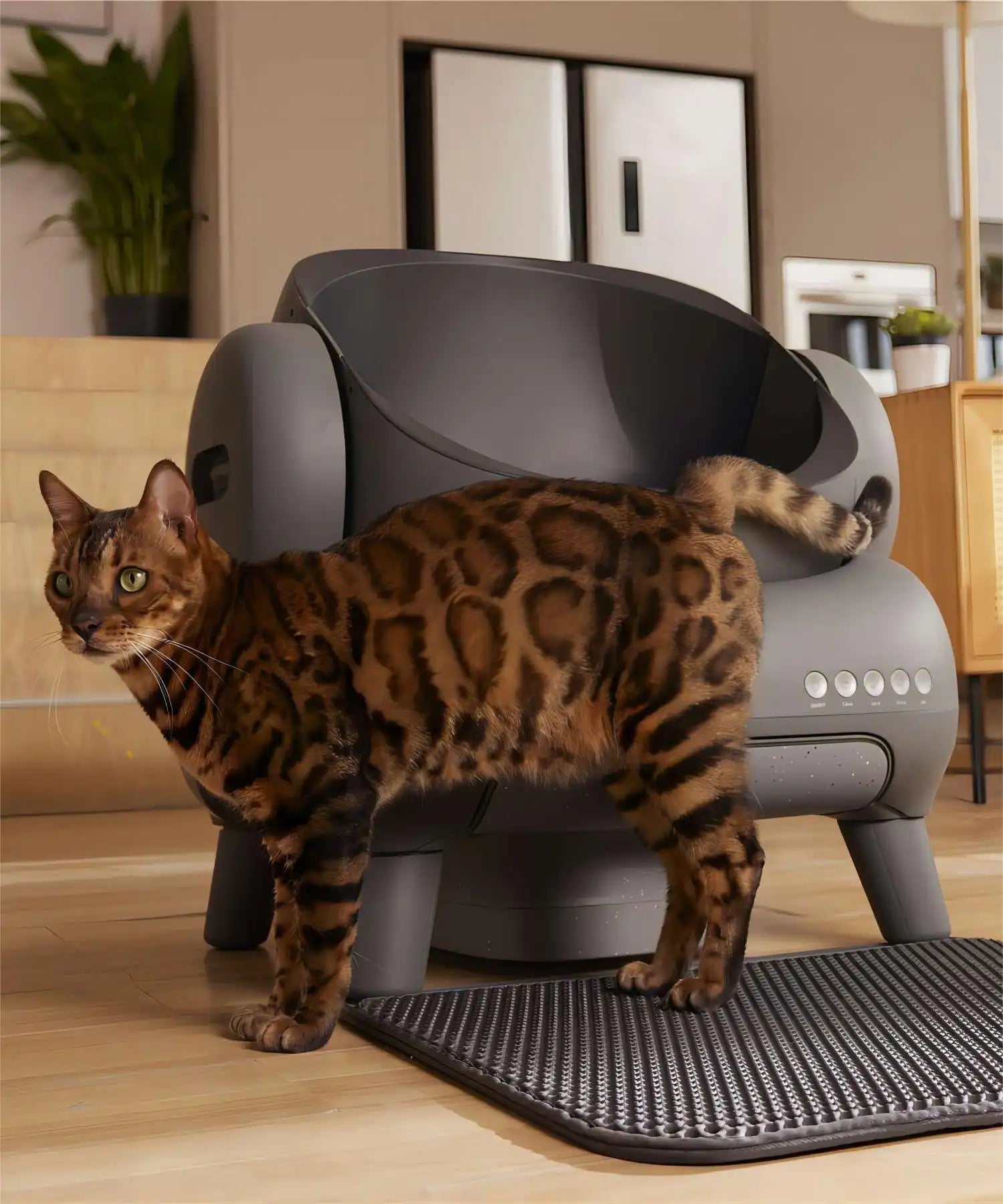
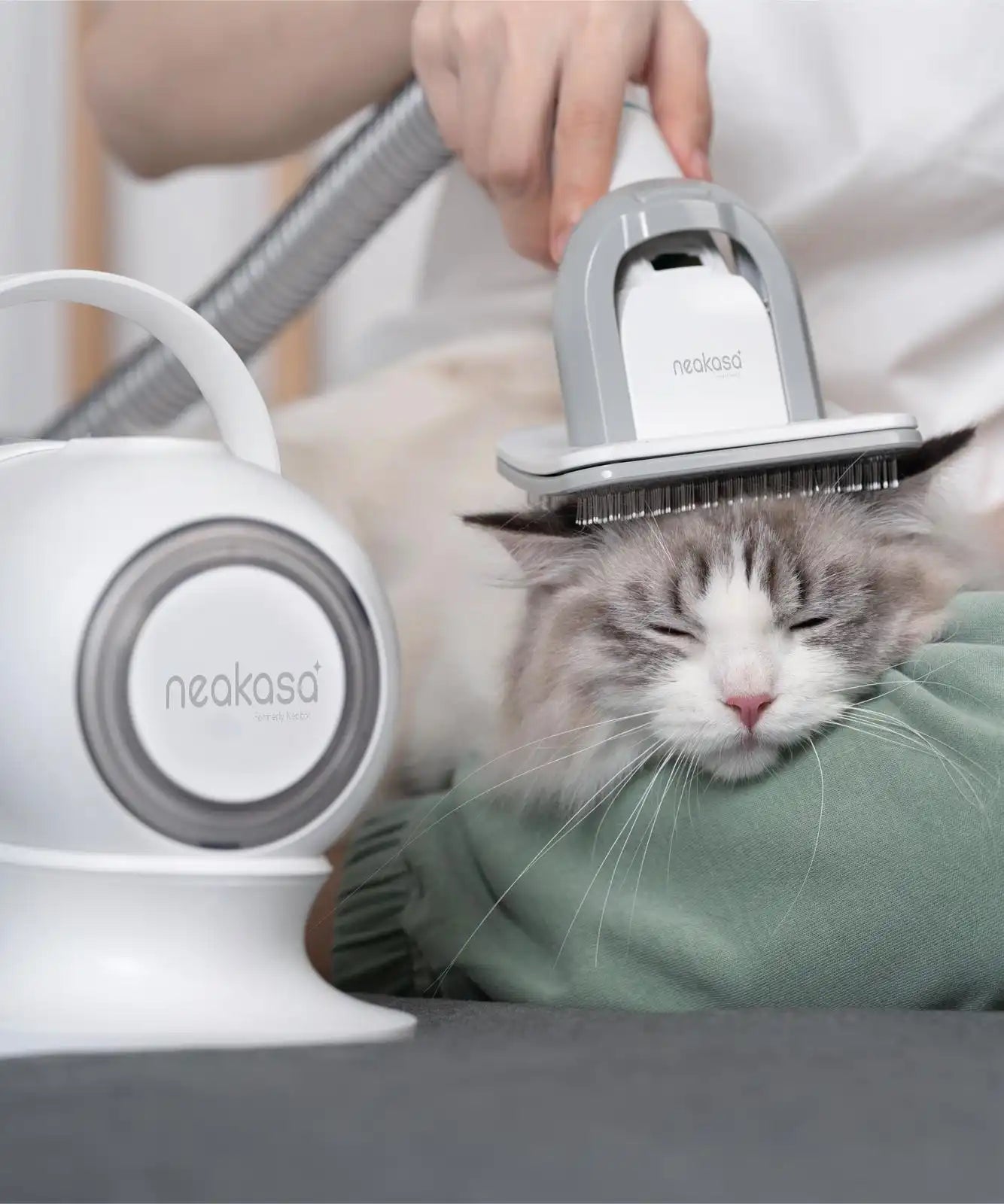
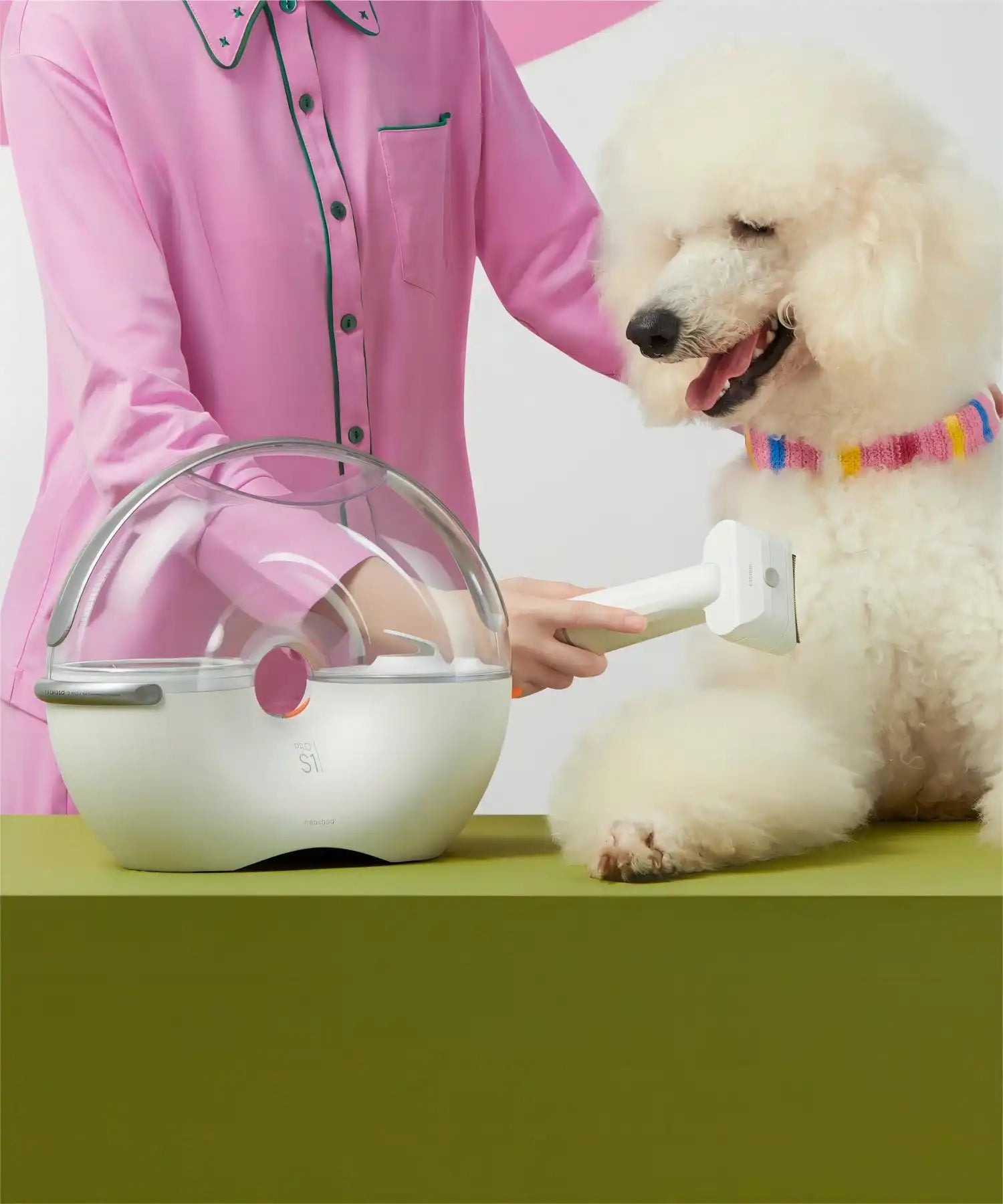
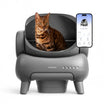
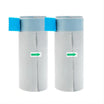
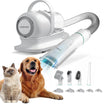

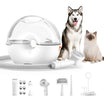
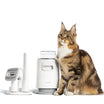
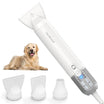

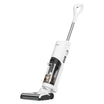
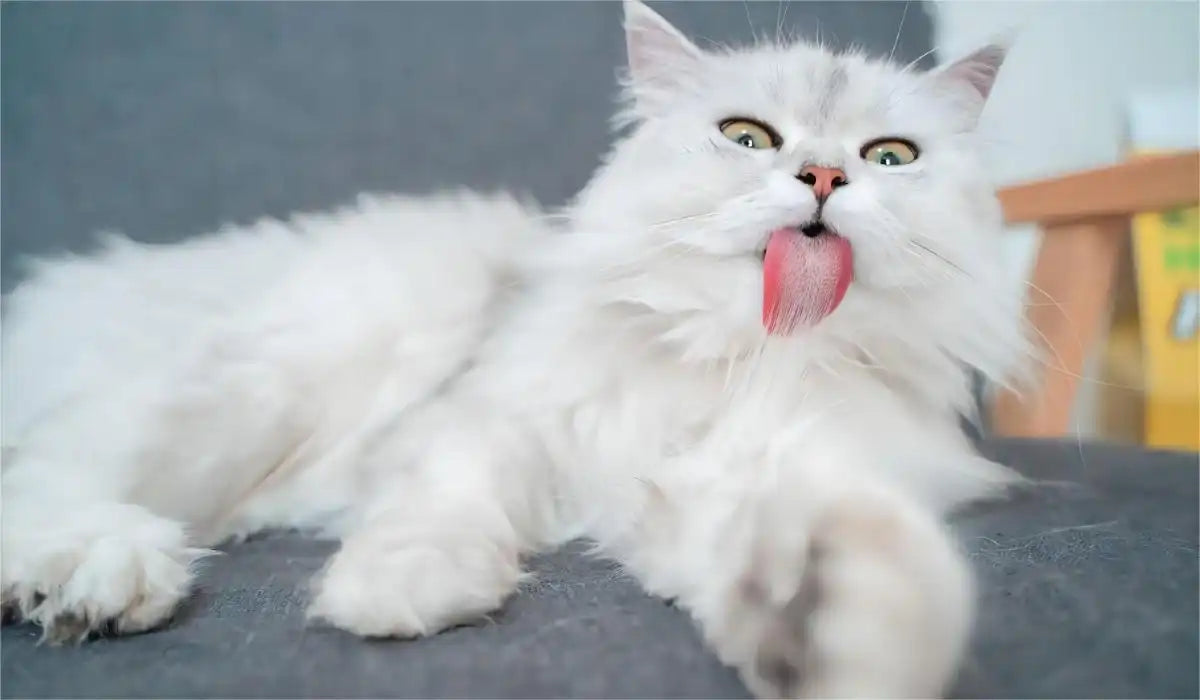
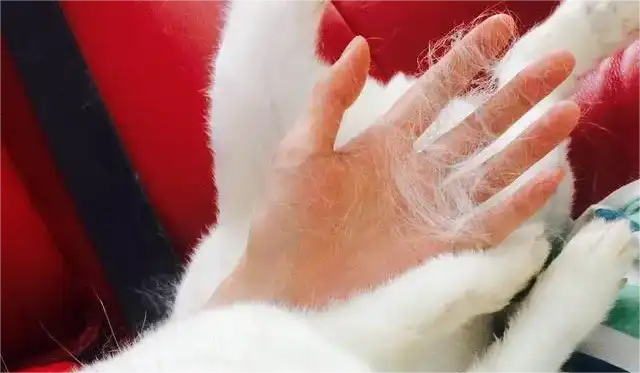
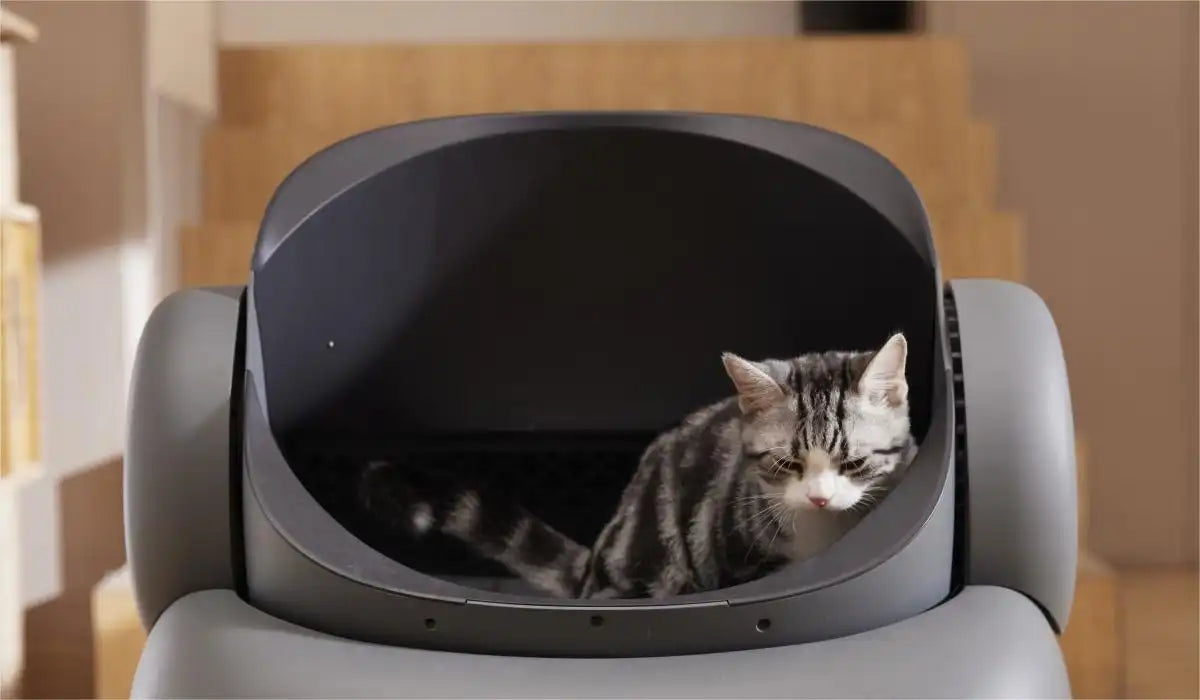
Leave a comment
This site is protected by reCAPTCHA and the Google Privacy Policy and Terms of Service apply.